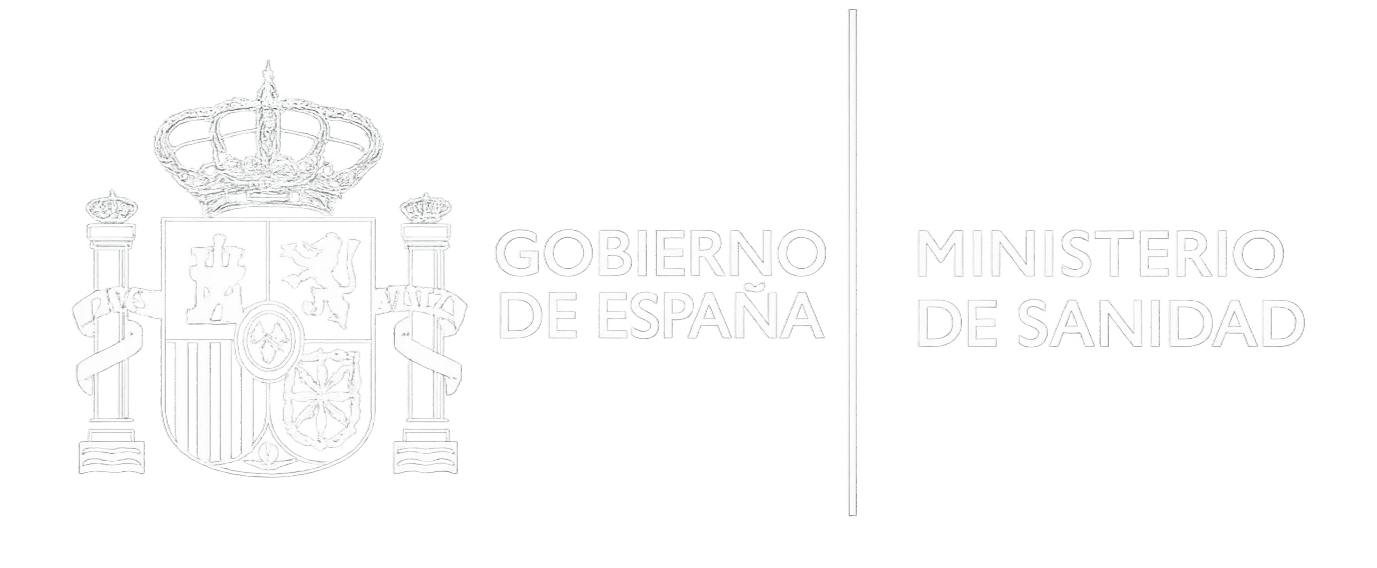Alimentación y dieta
The Role of Body Image in Internalizing Mental Health Problems in Spanish Adolescents: An Analysis According to Sex, Age, and Socioeconomic Status.
Ramos, P., Moreno-Maldonado, C., Moreno, C., & Rivera, F. (2019).
Frontiers in Psychology, 10:1952.
JCR (2018): PSYCHOLOGY, MULTIDISCIPLINARY (40 OF 137): Q2
FI: 2,129
Direct and Indirect Influences of Objective Socioeconomic Position on Adolescent Health: The Mediating Roles of Subjective Socioeconomic Status and Lifestyles.
Moreno-Maldonado, C., Ramos, P., Moreno, C., & Rivera, F. (2019).
International Journal of Environmental Research and Public Health, 16(9), 1637.
JCR (2018): ENVIRONMENTAL SCIENCES (112 OF 250): Q2, PUBLIC, ENVIRONMENTAL & OCCUPATIONAL HEALTH (67 OF 185): Q2
FI: 2,468
Multidimensional poverty among adolescents in 38 countries: Evidence from the Health Behaviour in School-aged Children (HBSC) 2013/14 Study.
Chzhen, Y., Bruckauf, Z., Toczydlowska, E., Elgar, F. J., Moreno-Maldonado, C., Stevens, G. W., ... & Gariépy, G. (2018).
Child Indicators Research, 11(3), 729–753.
JCR (2017) SOCIAL SCIENCES, INTERDISCIPLINARY (21 OF 98). Q1
FI: 1,858
How family socioeconomic status, peer behaviors, and school-based intervention on healthy habits influence adolescent eating behaviors.
Moreno-Maldonado, C., Ramos, P., Rivera, F., & Moreno, C. (2018).
School Psychology International, 39(1), 92-118.
JCR (2017) PSYCHOLOGY, EDUCATIONAL (44 OF 59). Q3
FI: 1,103
Characterization of vulnerable and resilient Spanish adolescents in their developmental contexts.
Moreno, C., García-Moya, I., Rivera, F., & Ramos, P. (2016).
Frontiers in Psychology, 7: 983.
JCR (2015): PSYCHOLOGY, MULTIDISCIPLINARY (29 OF 129). Q1
FI: 2,463
Indicadores para detectar y evaluar el impacto de las desigualdades socioeconómicas en los estilos de vida y la salud de los adolescentes españoles.
Moreno-Maldonado, C., Moreno, C. y Rivera, F. (2016).
Apuntes de Psicología, 34(2-3), 177-188.
JSM (2015) PSYCOLOGY (923 OF 1027), Q4
Diferencias de género en la imagen corporal y su importancia en el control de peso.
Ramos, P., Rivera, F., Pérez, R.S., Lara, L., & Moreno, C. (2016).
Escritos de Psicología, 9, 42-50.
Indexada en bases de datos como Latindex, INRECS, DOAJ, DICE, REDALYC, Scielo, etc.
Recent changes in school-based policies on physical activity and nutrition in Spain.
Gallego, P., Galán, I., Medrano, M.J., Ramos, P., Rivera, F & Moreno, C. (2014).
European Journal of Public Health, 24(6), 899-904.
JCR: PUBLIC, ENVIRONMENTAL & OCCUPATIONAL HEALTH (44 OF 165). Q2
FI: 2,591
Eating habits and physical activity in dieter and non-dieter youth: A gender analysis of English and Spanish adolescents.
Ramos, P., Brooks, F., García-Moya, I., Rivera, F., & Moreno, C. (2013).
Social Science Journal, 50(4), 575–582.
JCR: SOCIAL SCIENCE, INTERDISCIPLINARY (61 OF 92). Q3
FI: 0,483
Diferencias de sexo en imagen corporal, control de peso e Índice de Masa Corporal de los adolescentes españoles.
Ramos, P., Rivera, F., & Moreno, C. (2010).
Psicothema, 22 (1), 77-83.
JCR: MULTIDISCIPLINARY PSYCHOLOGY (70 of 120). Q3
FI: 0,939


